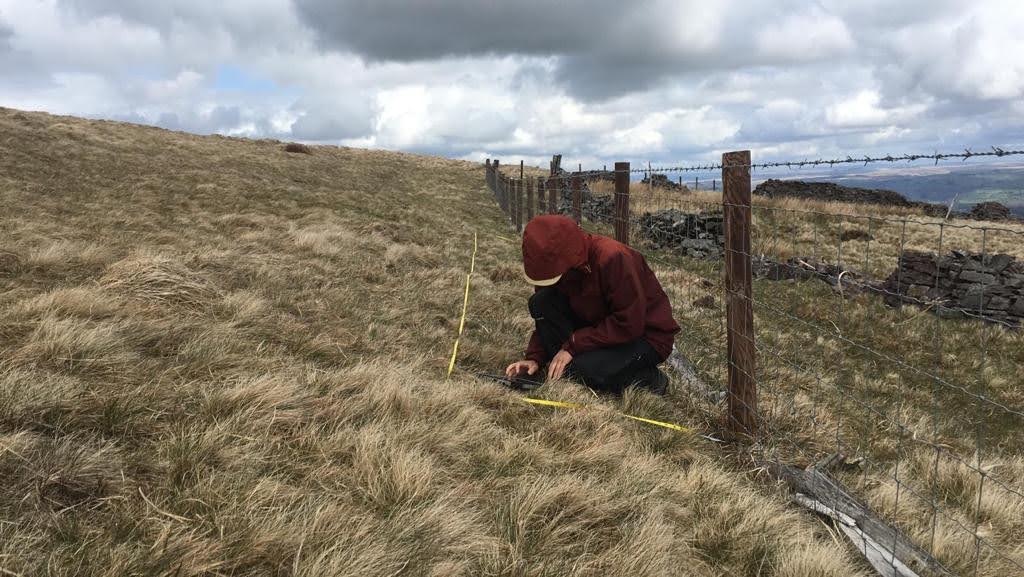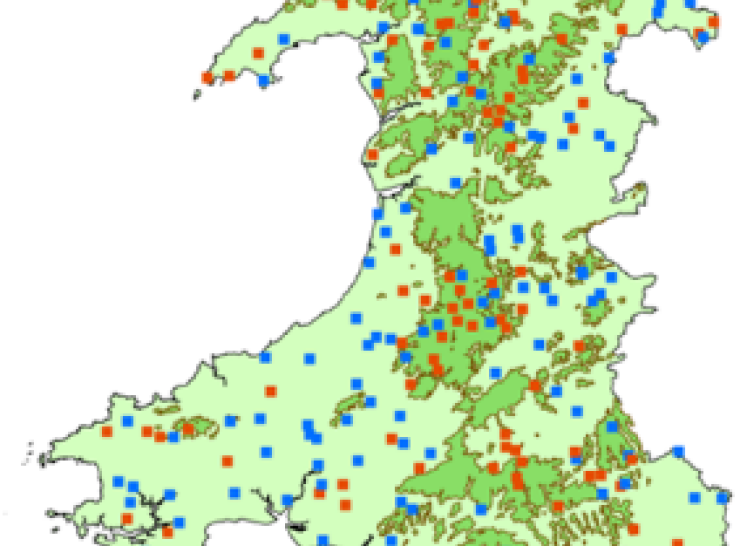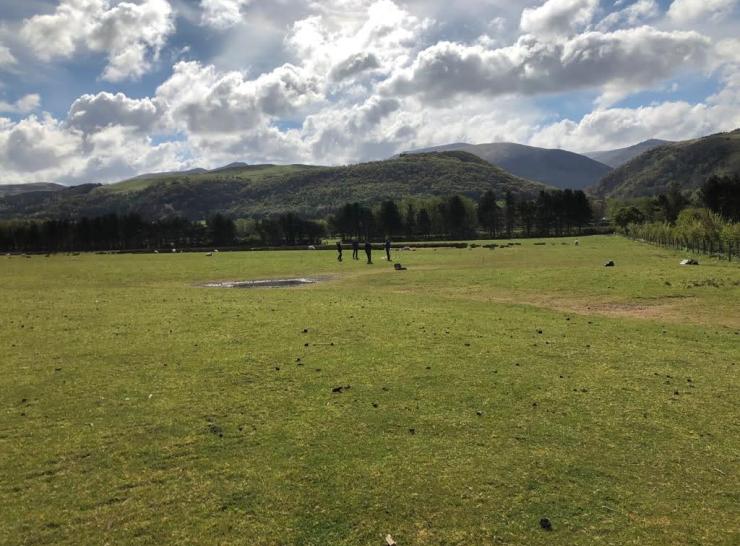The ERAMMP fieldwork is carried out by a team of 37 experienced professional surveyors hired by UKCEH.
Despite their already high-level of technical skills as botanists, before the survey starts they follow a comprehensive, 3-week long training programme that will cover all aspects of data-collection, health and safety, biosecurity protocols, first-aid and off-road driving.
The surveyors work in teams following detailed survey methodologies documented in field handbooks for consistently and comparability.
How is data assessed?
As with all survey data, there is always some inevitable variation in recording. Therefore, our team of scientists produce a quantitative and predicable measure of consistency and reliability of the data. A separate independent specialist quality assurance exercise is undertaken, re-sampling a small number of locations, to understand and ensure there is no significant bias in the data collected.





